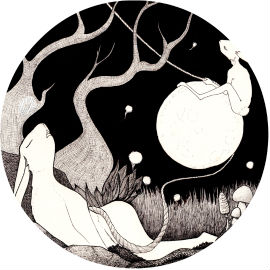This is the abstract for a paper I’m hoping to deliver at the 2014 AAWP conference, Minding the Gap: Writing Across Thresholds and Fault Lines. The conference will take place in Wellington, New Zealand, 30 November —
Throughout literary history, a number of women writers have taken on male noms de plume. Critics and other observers have noted the ways in which these names have been taken on, often in a pragmatic sense, in order to provide women with avenues for publication that enhance their reputations as (male) writers, and protect their identities as (female) daughters, sisters, wives and mothers.
Alice B. Sheldon created James Tiptree, Jr in 1967. In this paper, I argue that Tiptree, or ‘Tip’ as he was known to his friends, was not merely a nom de plume. Rather, Tip was a fully realised identity—Alice’s alter ego, or ‘Other I’—a well-known and respected writer who maintained epistolary relationships with other writers, editors, publishers and readers.
In Seymour Chatman’s, Coming to Terms, he writes that the act of reading is “ultimately an exchange between real human beings, [which] entails two intermediate constructs” (Chatman, 75). This paper examines the ways Tip’s identity, as revealed in his creative works and in his letters, disrupts the gender-normative structure of this ‘exchange’, particularly in terms of the assumed correlation between the gender of the Implied Author and that of the ‘real human being’ he is (mis)recognised as being.


No Comments